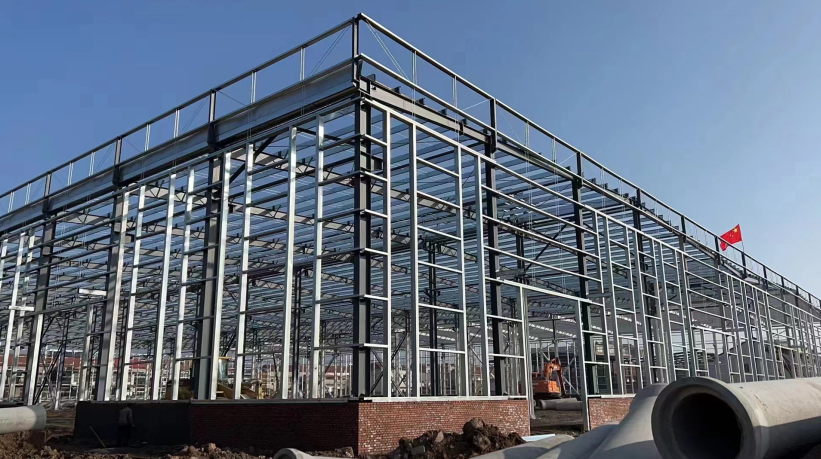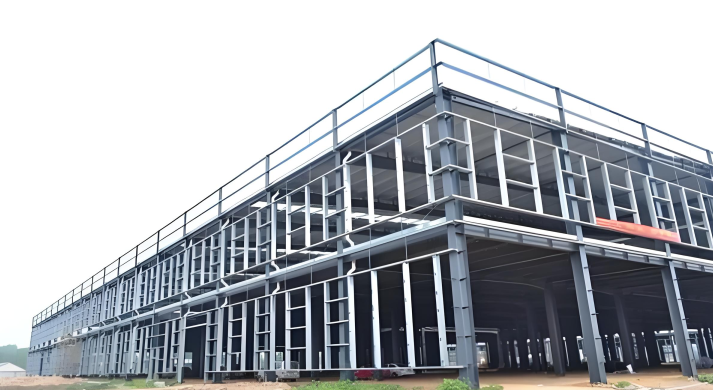Factors and Solutions for Sagging in Steel Structure Fireproof Coatings

The main factors causing sagging in fireproof coating films on steel structures fall into two categories:
Construction-related factors: The coating is applied too thickly in a single layer, or excessive thinner is added during application, resulting in excessively low coating viscosity.
Inherent quality defects in the coating: The coating formulation itself may have properties that make it prone to sagging.
Regarding the first factor, application should strictly follow specifications: each coat should not be too thick. If thinner needs to be added before application, it should not be added excessively, which would lower the viscosity too much.
Solvent-based coatings have excellent leveling properties but are prone to sagging when applied too thickly in a single pass. To prevent sagging, this can be addressed during coating production. For example, suitable anti-sagging agents can be used to give the coating the appropriate rheology. Agents in this category include organically modified montmorillonite clay and hydrogenated castor oil.

Solutions for Sagging in Steel Structure Fireproof Coatings:
If the coating film is still wet: The sagging area can be wiped off immediately and then recoated. This is the most common solution.
If the coating film has dried: The sagging area can be sanded smooth, and then the entire surface should be recoated. This will achieve the desired effect.



